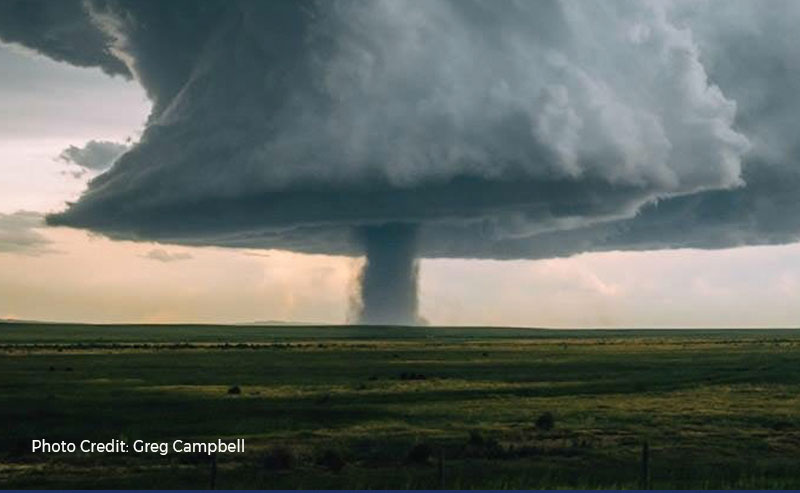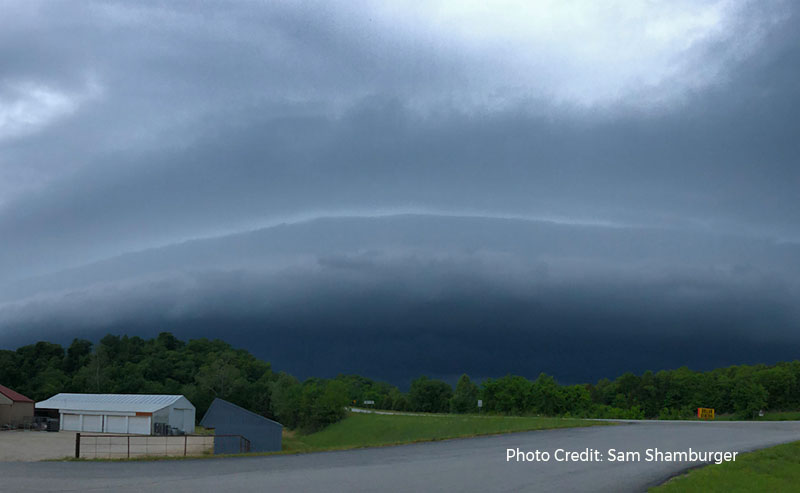Unlike hurricanes, which oftentimes form in the Atlantic between June 1st and November 30th, tornadoes can spin up (or touch down) at any time, and at any place. In fact, and according to the National Safety Council, no one state in the continental U.S. has escaped the wrath of tornadoes. Even Canada averages around 100 twisters each year.
So, whether your organization or jurisdiction is in Wichita, Kansas, Washington, DC, or Winnipeg, Manitoba, you need to be fully prepared for the threat of potentially deadly twisters. This means taking every measure possible to ensure personal safety and organizational continuity before disaster strikes. And that requires planning; hopefully, BOLDplanning.
For years, BOLDplanning has helped public and private sector organizations across the country to develop, implement, exercise and improve their emergency operations and continuity plans for severe weather events and other disruptions.
Good thing. The National Oceanic and Atmospheric Administration (NOAA), says tornado season runs between May and June in the Southern plains; June and July in the central U.S.; and earlier in the spring on the Gulf Coast. Florida and “Tornado Alley” in the south-central U.S. are two specific regions with a “disproportionately high frequency of tornadoes.” But, as you now know, you don’t have to live or work in those areas to experience this powerful weather phenomenon. Tornadoes can happen anywhere and unfortunately, with little advance warning.
Consider the numbers:
– An average of 1,253 tornadoes occur in the U.S. each year.
– There have already been 366 tornadoes reported in 2018 (66 confirmed as “actual” by NOAA).
– On average, 60-70 people are killed by tornadoes (flying debris) every year in the U.S.
– Tornado wind speeds can top 250 mph, and twisters can move across land at up to 70mph.
– The widest tornado on record occurred in May 2013; the twister, as reported by the National Weather Service, spanned 2.6 miles.
– Tornadoes do about 400 million dollars in damage in the U.S. alone every year.
– The current average lead-time for tornado warnings is 13 minutes.
Heed the warnings (and the watches):
Because tornadoes can form so quickly, travel so fast, and leave behind such destruction, it’s important to keep an eye to the sky during severe thunderstorms. Not to mention an ear to your weather radio, TV, radio, phone or outdoor siren. Watches and warnings will always be issued, and even though they mean two very different things, they should always be heeded.
Tornado Watch – Conditions are favorable for severe thunderstorms and the forming of tornadoes. Watches are issued by the NOAA Storm Prediction Center after consultation with local National Weather Service offices, and the watch areas can span several counties to several states.
Tornado Warning – A tornado is imminent, i.e., occurring or expected to develop. If you are in the warning area, which is usually very localized, you are in danger.
At BOLDplanning, we want your organization or jurisdiction to be as prepared (and resilient) as it should, and more importantly, can be all the time. We welcome the opportunity to show you how our online planning platform streamlines the emergency and continuity planning process. And, exactly how our certified, real-world experts can help you achieve your emergency preparedness goals, particularly as they relate to severe weather.
Remember, every season is tornado season, and practically no one is immune. Call 615.469.5558 or email info@BOLDplanning.com for a free, no obligation discussion of your emergency or continuity planning needs now.







